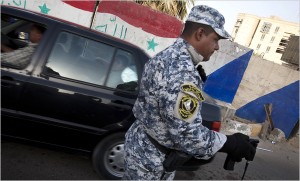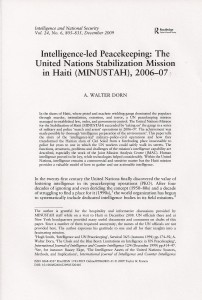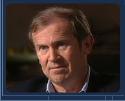
Monday, December 28, 2009
SPOOK'S JOURNAL
Nine of the ten largest hotels in the world are in Las Vegas. Four of them share one intersection: Las Vegas Boulevard (The Strip) and Tropicana Avenue. Together, these four corners comprise 12,953 rooms, most of which enjoy high occupancy year-round and are often full. Figure 25,000 people huddled on four corners.
The imagery is also appealing to terrorists: Occupying one corner is New York, New York, with a “skyline” that features the Empire State Building, the Chrysler Building, and the Statue of Liberty.
This thought: It is no longer necessary for al-Qaeda terrorists to hijack two Beechcraft C99 planes out of Vegas, as easy as this would be. Instead, why not drive (three-and-a-half hours from Vegas) to Grand Canyon West Airport with a few vans filled with ammonium nitrate (fertilizer) and diesel fuel? Armed with a few baseball bats, one could take command of the airstrip in less than a minute. Then wait for the Beechcrafts to arrive. Loaded with ammonium nitrate (or a low grade chemical or biological agent), these vector weapons could then be dispatched back at Las Vegas, a mere 15 minutes away at full throttle, or Hoover Dam, half the distance.
Phi Beta Iota: This posting was brought to our attention by a patriotic citizen who finds a great deal of common sense on this web site, and none at all within the so-called Department of Homeland Security (DHS). We recollect the period 1990-1994 when Peter Black, Winn Schwartau, and Robert Steele, among others, tried to warn Congress and the Executive about the cyber-threat, to include substantive correspondence to the top National Information Infrastructure security officer, Marty Harris, sounding the alarm. We vividly recollect testifying on behalf of Hackers and trying to tell the Secret Service it should hire them, not torment them. Now we have a government spending hundreds of billions of dollars in the wrong way, and failing to LISTEN to common sense solutions from its citizens.
Memorandum: Talking Points on Homeland Defense Intelligence
1999 Setting the Stage for Information-Sharing in the 21st Century: Three Issues of Common Concern to DoD and the Rest of the World







